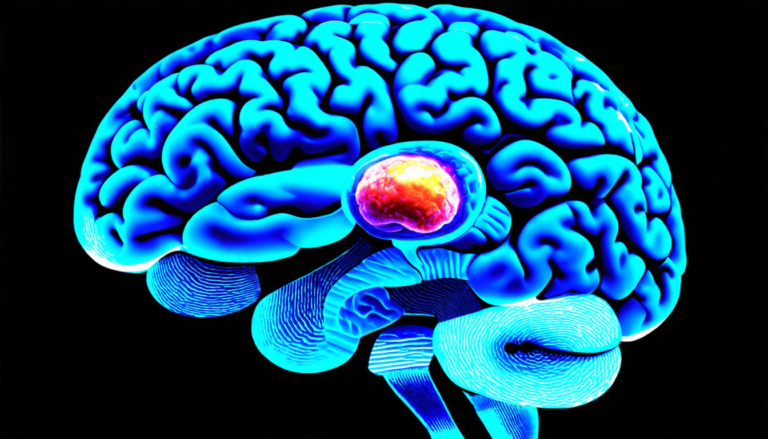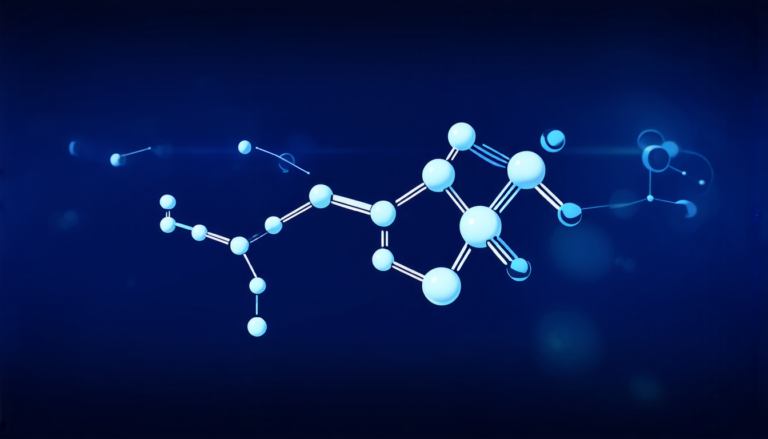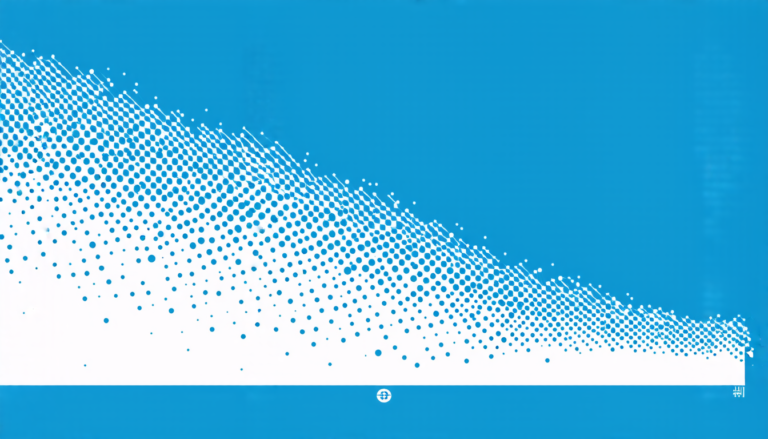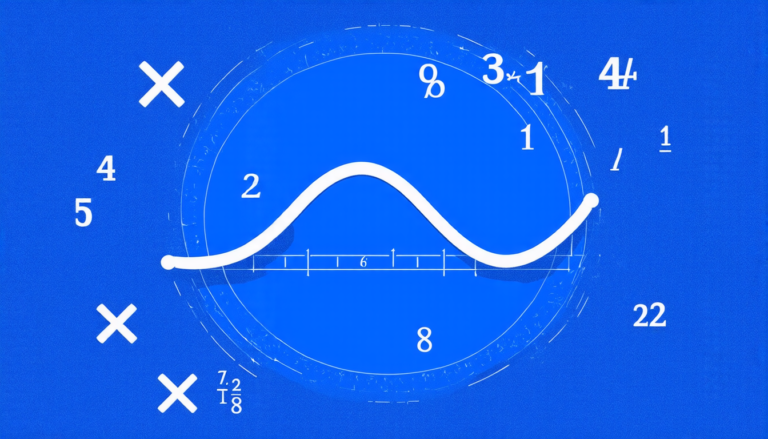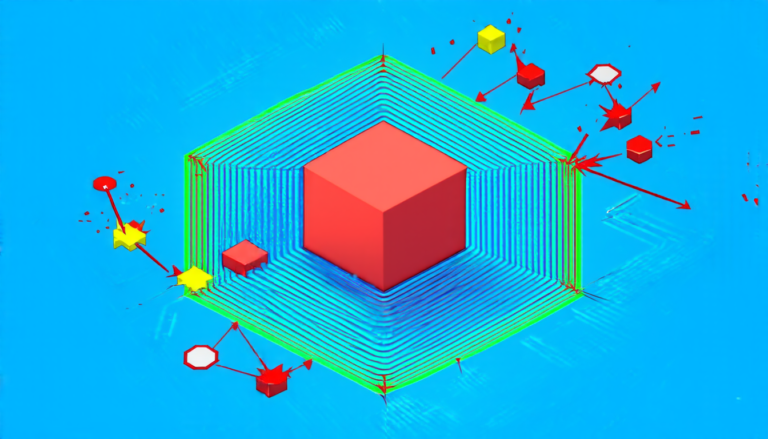Sunday 06 April 2025
The intricate patterns and structures that underlie complex systems have long fascinated scientists and mathematicians. From the swirling shapes of galaxies to the branching networks of river deltas, these patterns are a testament to the beauty and complexity of the natural world.
One area where these patterns are particularly prevalent is in the field of algebraic geometry, which seeks to understand the relationships between geometric shapes and algebraic equations. A recent study has shed new light on this fascinating subject by classifying a specific type of complex system known as van der Waerden complexes.
These complexes, named after the mathematician B.L. van der Waerden, are a type of simplicial complex – a mathematical object that can be thought of as a collection of points connected by lines and curves. The study of these complexes has revealed a rich tapestry of patterns and structures, with implications for our understanding of everything from the behavior of particles in high-energy collisions to the development of new materials.
The researchers behind the study used a combination of mathematical techniques to classify van der Waerden complexes into different categories based on their properties. They found that certain types of these complexes have a particular type of resolution, known as linear resolution, which is characterized by the way that the complex’s facets (the geometric shapes that make up the complex) are arranged.
One of the most significant discoveries made by the researchers was that van der Waerden complexes with linear resolution can be used to model real-world systems in a way that is both accurate and efficient. This has important implications for fields such as computer science, physics, and biology, where the ability to model complex systems is crucial.
The study also revealed that certain types of van der Waerden complexes are level, meaning that they have a specific type of algebraic structure known as a complete intersection. This property is significant because it allows these complexes to be used in a wide range of applications, from cryptography to coding theory.
The researchers’ findings have far-reaching implications for our understanding of complex systems and the way we model them. By classifying van der Waerden complexes into different categories based on their properties, they have opened up new avenues for research and discovery in fields as diverse as physics, biology, and computer science.
In the future, it is likely that these findings will be used to develop new models of complex systems, allowing scientists to better understand and predict the behavior of everything from subatomic particles to entire ecosystems.
Cite this article: “Unlocking the Secrets of Van der Waerden Complexes”, The Science Archive, 2025.
Algebraic Geometry, Van Der Waerden Complexes, Simplicial Complex, Geometric Shapes, Algebraic Equations, Mathematical Techniques, Linear Resolution, Real-World Systems, Computer Science, Physics.


